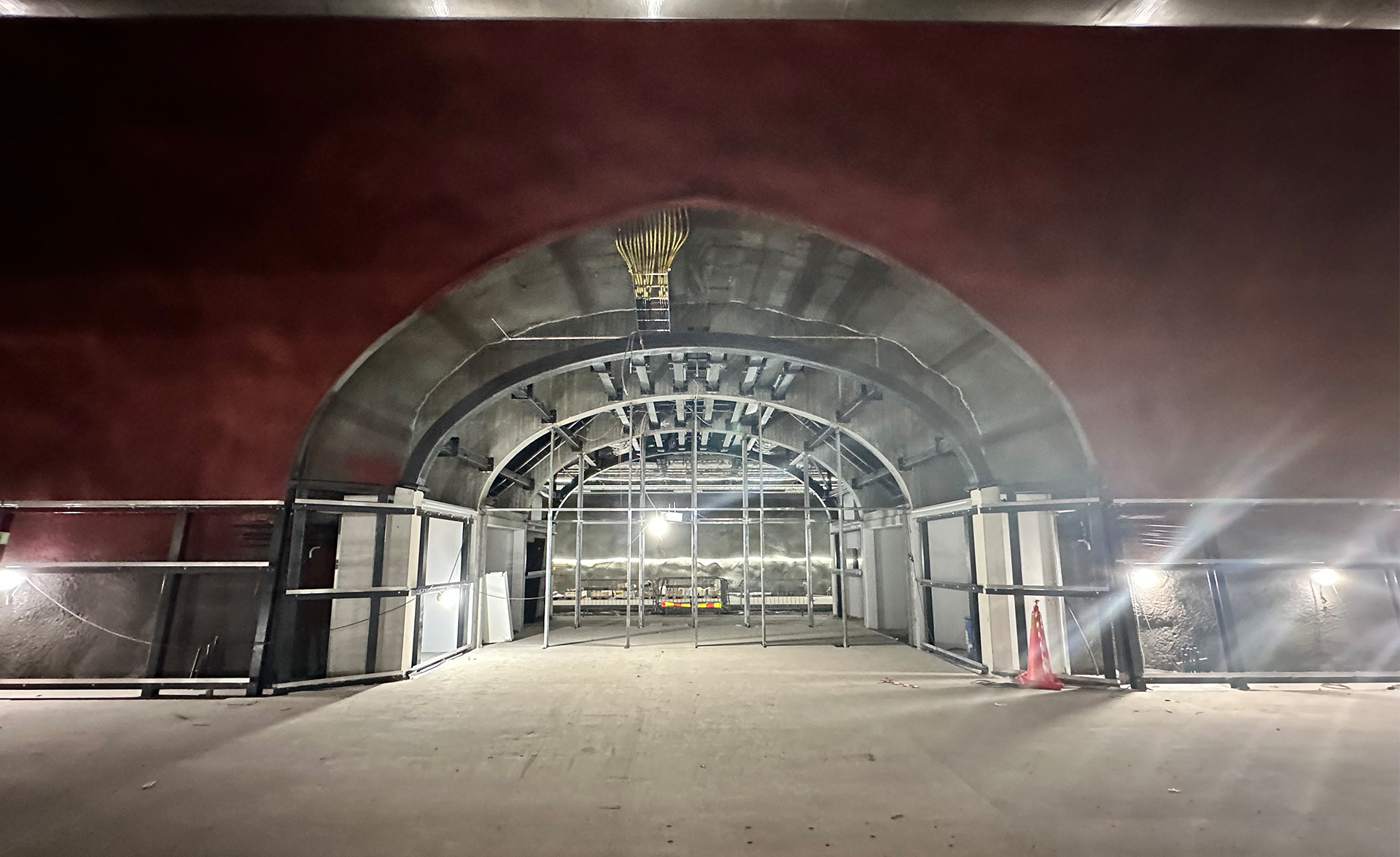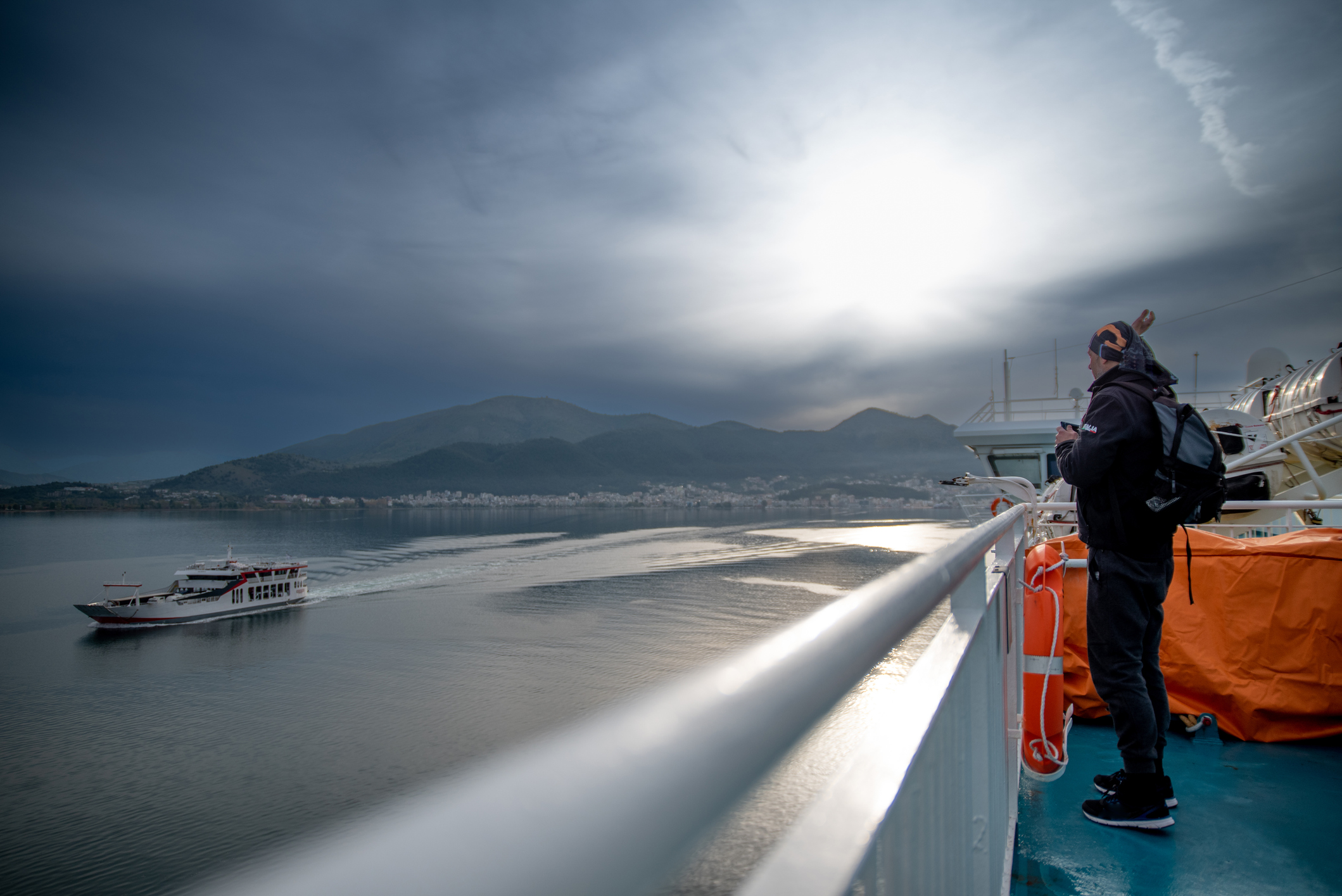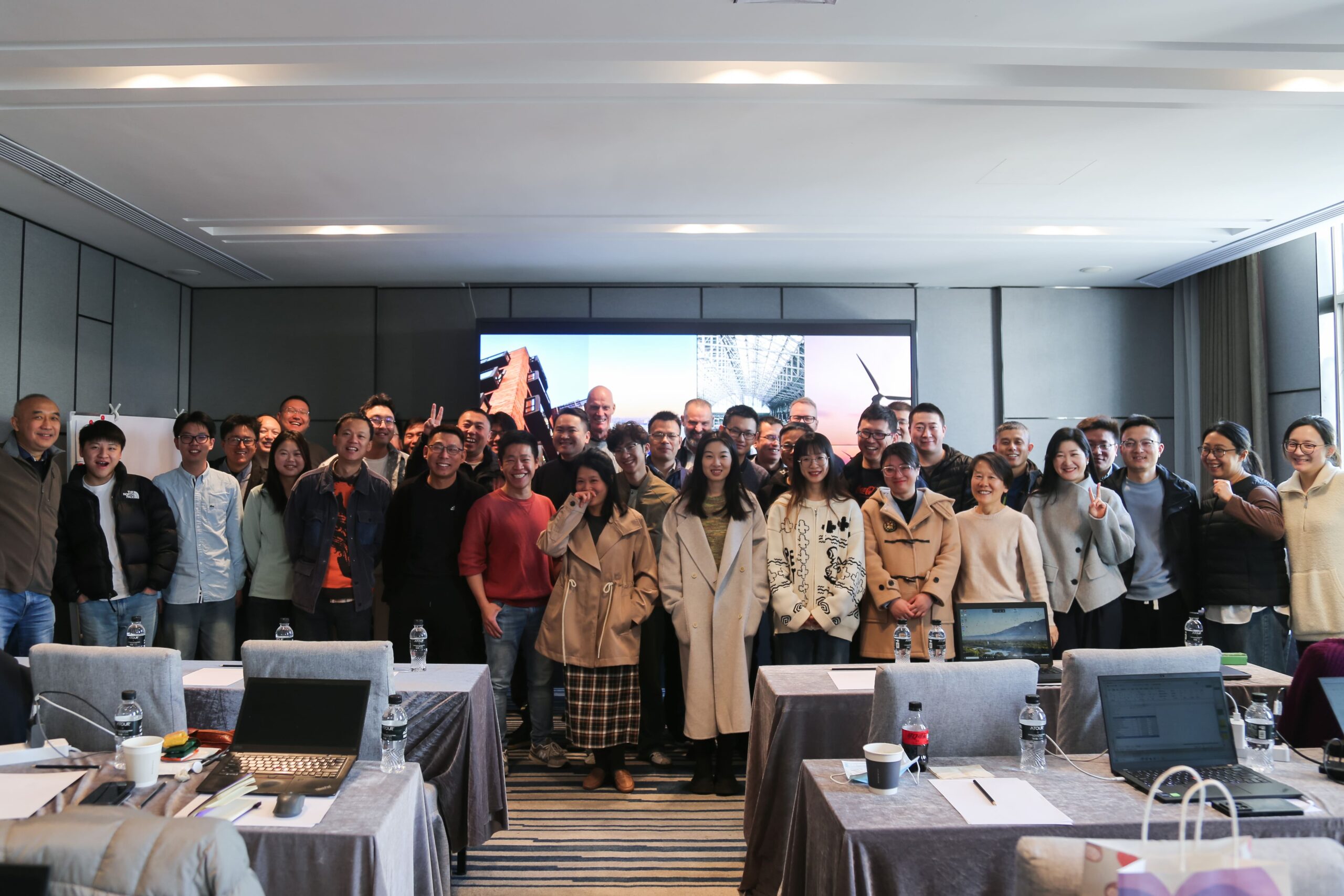Deep inside a mountain, Stockholm’s new bus terminal seeks to reconcile green ambitions with the demands of safety.
As cities push for more sustainable growth to meet future needs, they face a tricky balancing act: How do you build greener without compromising safety?
This tension is visible in Stockholm’s Slussen project. What was once a busy traffic junction is being transformed into a vibrant public space, complete with new parks, squares, and waterfront areas.
For the people of Stockholm, Slussen has always meant two things: transportation and construction. Thousands of people pass through each day on their way to work, school, or home. The renovations, which have been ongoing for years, include new bridges, waiting areas, and now a new underground bus terminal, unlike anything Sweden has seen before in size and complexity. Stockholm’s new bus terminal is being built 25 meters into the Katarinaberget mountain and the project combines innovation, safety, and design. Workers blasted and removed 300,000 cubic meters of rock over 2.5 years to make room for the terminal.
Mats Öhrn, project manager at Bravida, emphasises the challenges of building such a structure underground:
‘This project is special,’ he says. ‘We wanted it to stand out and create a memorable experience for visitors. The architects have done a great job designing structures that conceal the systems while creating an amazing space”.
Mats describes the balance between function and design in the terminal. It shows in the two giant steel wings that stretch through the terminal. They look grand but hide the systems that make the terminal work. This project, like any big one, has its challenges. Safety comes first. When you put a bus terminal underground, every part of it has to work right. The buses will travel a long way beneath the earth, and if something goes wrong, you need systems you can trust. The push toward a more sustainable transportation industry adds even more demands on safety systems. With Stockholm’s plan to increase the number of hydrogen-powered buses, it is essential to have safety systems that can effectively address fire, flame, and gas hazards.
Fredrik Ek, Head of Project at Consilium Safety Sweden, explains that a piping system has been installed, which extracts smoke and detects gas within the smoke. Flame detectors have been set up to cover the entire terminal, and safety measures are in place in explosion-classified areas.
“All of this is, of course, in addition to the standard fire and evacuation alarms, Fredrik states and continues:
“It is a closed environment, which means that it is essential that fire safety works. If a bus catches fire, you need to get people out of the terminal, and at the same time, stop the fire. Being in a closed environment brings large technological challenges”, Fredrik emphasises.
The technological challenges have contributed to impressive solutions. The safety system is designed to detect multiple hazards, such as gas and smoke.
“When the system detects an issue, it triggers a specific action”, Fredrik explains. “Based on what the safety system identifies, specific actions are triggered. For fires, the response follows automated protocols. It is guided by operators monitoring everything in real time to ensure that the right actions are taken.”
A project of this size puts pressure on logistics. The safety systems must work together, ensuring that the right doors open or lock in case of emergency, guiding people safely out of the mountain. And it´s not just about emergencies.
“The construction itself is risky — 90 percent of the work happens on an underground elevator,” Mats states. “Safety systems must meet high standards now and when the terminal is done.”
Mats and Fredrik both agree that logistics have been the most challenging part. “In a project like this, you can’t just think about the finished product,” Mats says.
Fredrik adds, “You have to think about where you’re working — in the middle of Stockholm’s busiest transportation hub, with traffic and people still moving. You can’t pause the city. You have to keep it safe.”
There is still work to do before the terminal opens in 2025. Before that happens, four to six months of testing will ensure that every system works before commuters fill the terminal.



